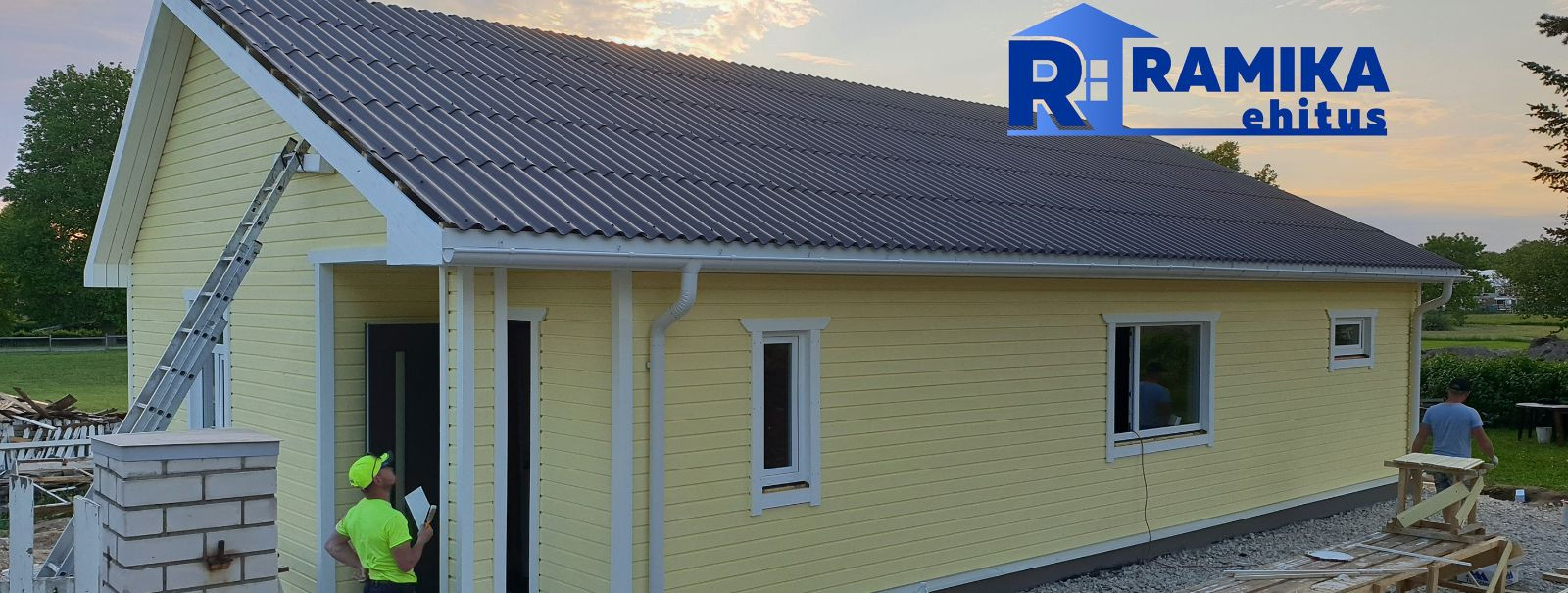Choosing the right roofing material for your climate
Choosing the right roofing material is crucial for the longevity and performance of your roof. The material you select must withstand the specific weather conditions of your region while also meeting your aesthetic and budgetary needs. A well-chosen roof can enhance energy efficiency, reduce maintenance costs, and increase the overall value of your property.
Climate plays a pivotal role in determining the appropriate roofing material. Factors such as temperature fluctuations, precipitation levels, wind patterns, and exposure to sunlight must all be considered to ensure your roof can endure the local weather and provide adequate protection for your home or commercial building.
Types of Roofing Materials
Asphalt shingles are one of the most popular roofing materials due to their cost-effectiveness and versatility. They offer good resistance to a wide range of weather conditions and are available in various colors and styles.
Metal roofing is known for its durability and longevity. It excels in areas with heavy snowfall and can also reflect sunlight, contributing to energy efficiency. Metal roofs come in different types, including steel, aluminum, and copper.
Clay and concrete tiles are highly durable and offer excellent resistance to fire and high temperatures. They are well-suited for hot, sunny climates but require a sturdy structural support due to their weight.
Wood shingles and shakes provide a natural aesthetic and can offer good insulation properties. However, they may not be the best choice for extremely wet or fire-prone areas unless treated with fire retardants and moisture-resistant coatings.
Slate roofing is one of the most durable materials, with a lifespan that can exceed 100 years. It is heavy and requires a strong supporting structure but is resistant to extreme weather conditions.
Green roofing involves the use of vegetation on the roof, which can improve insulation, reduce urban heat islands, and manage stormwater. It requires a robust waterproofing system and regular maintenance.
Synthetic roofing materials, such as rubber or plastic composites, are designed to mimic the appearance of natural materials while offering enhanced durability and lighter weight. They can be a good alternative for those seeking a specific look without the associated maintenance or cost.
Factors to Consider When Choosing Roofing Materials
Assessing the weather resistance of a roofing material is essential. It must be able to withstand the specific challenges of your climate, such as heavy snow, high winds, or intense UV exposure.
The right roofing material can significantly impact your property's insulation and energy efficiency. Materials that reflect sunlight or provide better insulation can help reduce heating and cooling costs.
Longevity and durability are important considerations. A more durable roof may have a higher upfront cost but can save money in the long run by reducing the need for repairs or replacement.
The aesthetic appeal of your roof should complement the overall design of your property. Roofing materials come in a variety of colors, textures, and styles to match different architectural themes.
Cost is always a consideration when selecting roofing materials. It's important to balance the initial investment with the expected lifespan and maintenance costs of the material.
Different roofing materials require varying levels of maintenance. Understanding these requirements can help you choose a material that fits your willingness and ability to perform regular upkeep.
Roofing Materials Suited for Estonian Climate
Estonia's climate poses unique challenges, with cold winters, moderate to heavy snowfall, and occasional strong winds. Roofing materials for Estonian homes and buildings must be chosen with these conditions in mind.
In Estonia, materials such as metal roofing, asphalt shingles, and synthetic options are often recommended due to their ability to handle the fluctuating temperatures and snow loads. They also provide good insulation properties, which is important for energy efficiency during the cold months.
Within Estonia, regional variations in climate may influence the choice of roofing materials. For example, coastal areas may require materials that are more resistant to wind and moisture, while inland regions might prioritize insulation against the cold.






Comments (0)